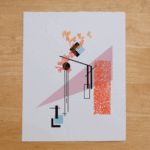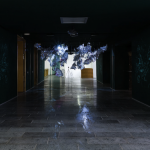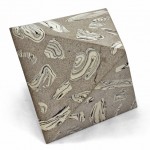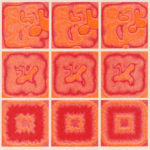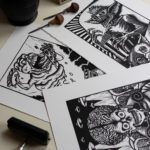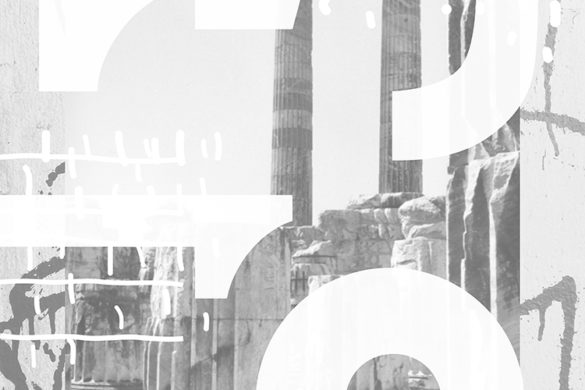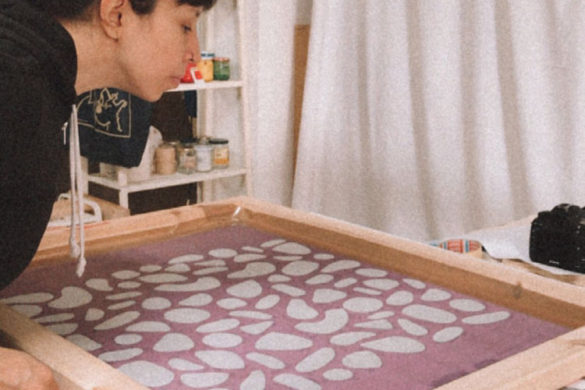The bright colours, no-nonsense black outlines and playful but thoroughly flat style of Andrea Chronopoulos’ work make it both distinctive and part of a modern tradition in illustration that we see a fair bit, but which is deceptively tricky to get right.
In the correct hands, however, that flattened look—all simplified figures, geometric backgrounds and big hands—is superbly versatile, and clearly very commissionable. It works for brands, advertising, packaging, editorial; cute things, serious things; narratives and stand-alone images. As such, Chronopoulos’ client list includes the New York Times, Plansponsor, Bloomberg, GQ, Esquire, Family Meals, MIT Technology Review, Medium, Live Life Give Life, Pentagram London, EasyJet Traveller, Fred Perry and many more.
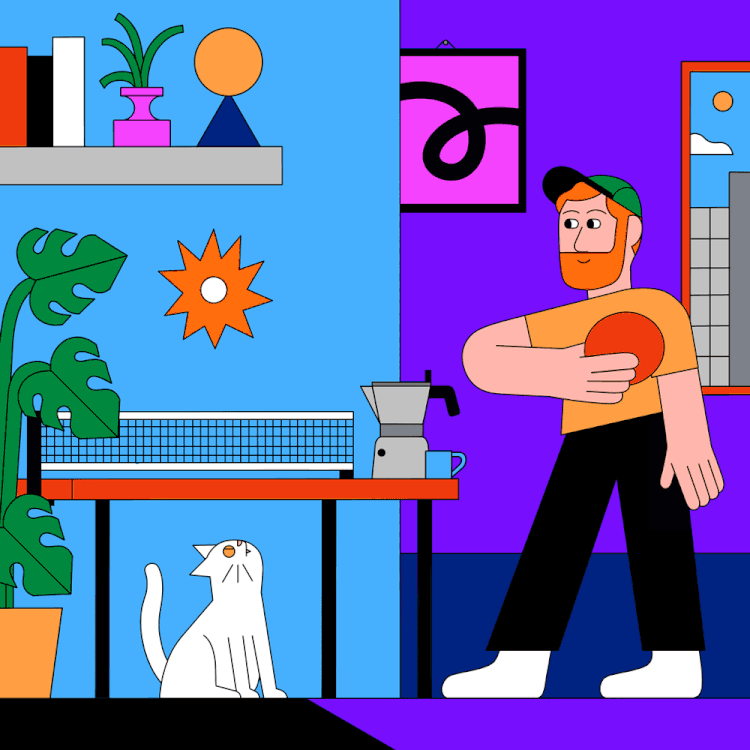
 Chronopoulos is a Greek/Italian illustrator currently based in Rome. He studied illustration and 2D animation at the European Institute of Design, graduating in 2011 and soon formed Studio Pilar with fellow illustrators Giulio Castagnaro, Giulia Tomai and Andrea Mongia. The creative studio focuses on art direction and consultancy for illustration projects. In its decade-long life, the studio has curated and organised exhibitions, book presentations, workshops and markets. It also put out zines and comics through a publishing arm, Pilar Edizioni, until 2019; and ran the Pilar Bookshop from its studio until last year.
Chronopoulos is a Greek/Italian illustrator currently based in Rome. He studied illustration and 2D animation at the European Institute of Design, graduating in 2011 and soon formed Studio Pilar with fellow illustrators Giulio Castagnaro, Giulia Tomai and Andrea Mongia. The creative studio focuses on art direction and consultancy for illustration projects. In its decade-long life, the studio has curated and organised exhibitions, book presentations, workshops and markets. It also put out zines and comics through a publishing arm, Pilar Edizioni, until 2019; and ran the Pilar Bookshop from its studio until last year.
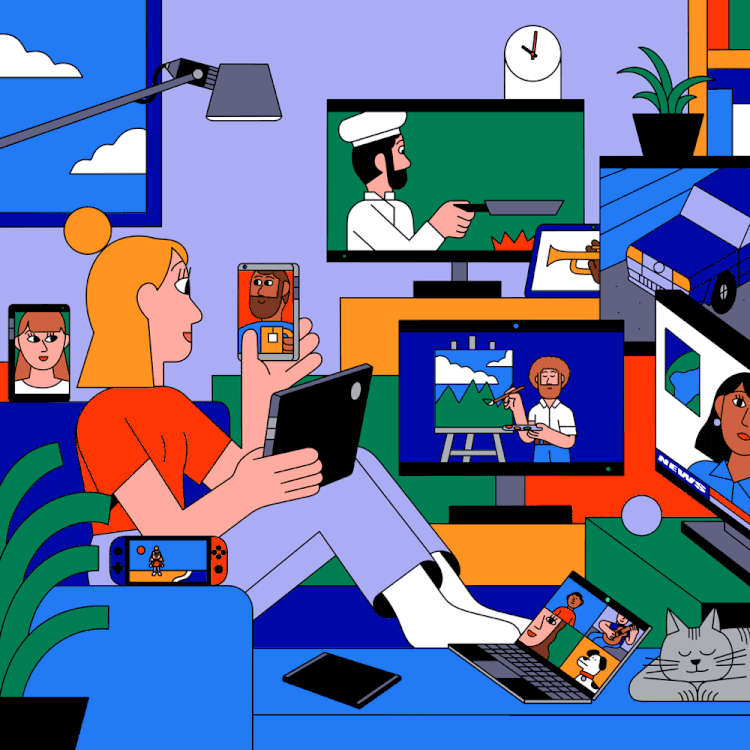 Within, and outside of the Studio Pilar work, Chronopoulos works on still and moving images for editorial and commercial clients; and over the years he’s picked up accolades from the likes of the Society of Illustrators of New York, American Illustration and the International Motion Arts Awards.
Within, and outside of the Studio Pilar work, Chronopoulos works on still and moving images for editorial and commercial clients; and over the years he’s picked up accolades from the likes of the Society of Illustrators of New York, American Illustration and the International Motion Arts Awards.
 Inspired by ligne claire artists, the De Stijl movement, comics and modernist design,Chronopoulos describes his work as taking a “narrative approach” to image-making, utilising “flat lines, vivid colours and wit, trying to mix a clean design with a bit of fun.” Whatever the commission, his usual process is first creating small drawings by hand before moving to Procreate on his iPad to make his final sketches and Photoshop for the final touches and for making gifs, completing the piece.
Inspired by ligne claire artists, the De Stijl movement, comics and modernist design,Chronopoulos describes his work as taking a “narrative approach” to image-making, utilising “flat lines, vivid colours and wit, trying to mix a clean design with a bit of fun.” Whatever the commission, his usual process is first creating small drawings by hand before moving to Procreate on his iPad to make his final sketches and Photoshop for the final touches and for making gifs, completing the piece.
While we don’t necessarily hear as much about Rome in terms of its illustration scene as we might other cities in Europe, such as Berlin or the various cities in the Netherlands, the illustrator assures us that there’s a lot going on there. “I think that the illustration scene in Rome is growing a lot lately: there are many illustrators who live here, new schools are opening and more events are taking place compared to some years ago,” he says. “I hope that this will continue when things get back to normal and that could lead to a bigger community.”

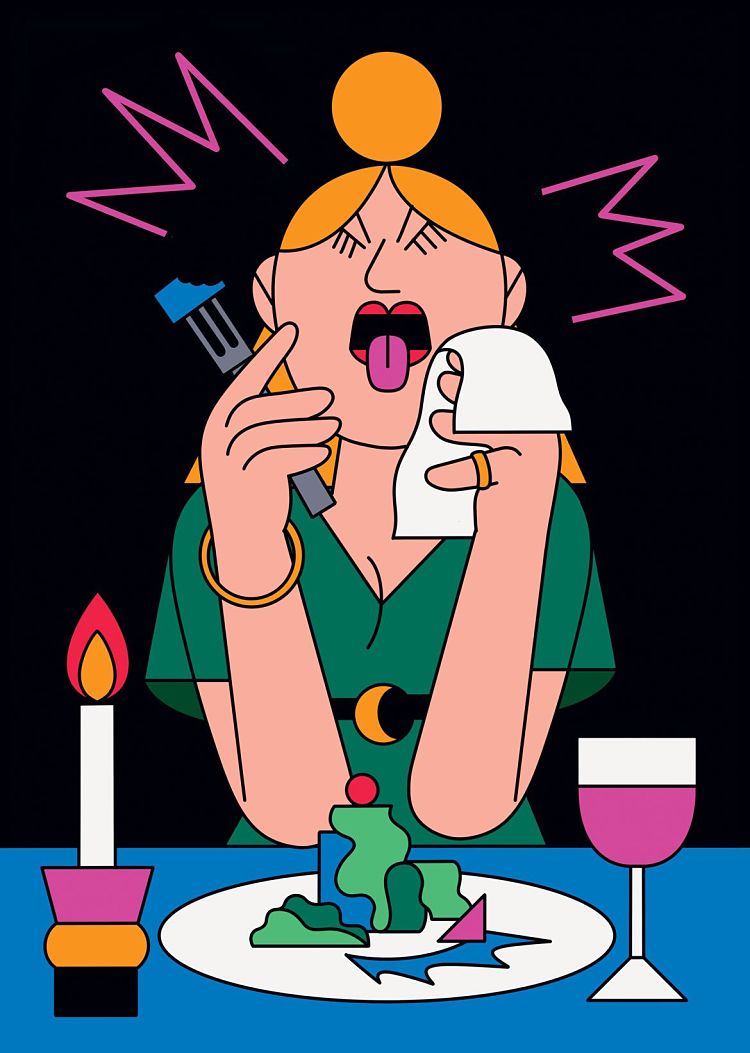 Indeed, things “getting back to normal” is the sort of unspoken mantra for all of us at the moment, not least freelancers whose income has been precarious to say the least since the pandemic broke out. However, Chronopoulos seems pretty philosophical about it all: “I’ve been working in a shared studio for many years, so working from home felt a little strange at the beginning. Thankfully, the past year has been busy with commissions so it helped me to stay focused and kept my workflow alive.”
Indeed, things “getting back to normal” is the sort of unspoken mantra for all of us at the moment, not least freelancers whose income has been precarious to say the least since the pandemic broke out. However, Chronopoulos seems pretty philosophical about it all: “I’ve been working in a shared studio for many years, so working from home felt a little strange at the beginning. Thankfully, the past year has been busy with commissions so it helped me to stay focused and kept my workflow alive.”
Given the choice, his favourite sort of commissions aren’t dependent on a particular type of commission, client or sector—“Working with a variety of clients and in different fields is the most fun part of being a freelancer!”—but are those which mean he gets to look at something different, meaning he gets to learn something. Another key part of any brief, he says, is being allowed to express his “own personal style and approach.”
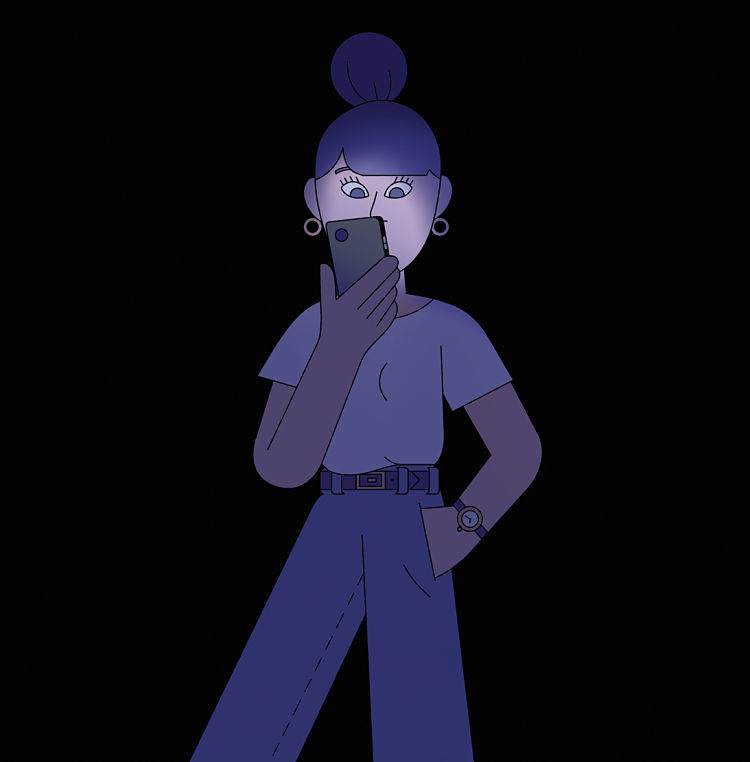
 One of the most common gripes among illustrators, or indeed anyone who gets to do the thing they love (and are good at) for a living, is finding the time to balance work that pays the bills and more experimental self-initiated tinkerings. “I always try to save time for personal projects but unfortunately it’s not always that easy,” says Chronopoulos. “I find drawing without a brief a great moment to experiment with my own style, and a relaxing pastime.”
One of the most common gripes among illustrators, or indeed anyone who gets to do the thing they love (and are good at) for a living, is finding the time to balance work that pays the bills and more experimental self-initiated tinkerings. “I always try to save time for personal projects but unfortunately it’s not always that easy,” says Chronopoulos. “I find drawing without a brief a great moment to experiment with my own style, and a relaxing pastime.”

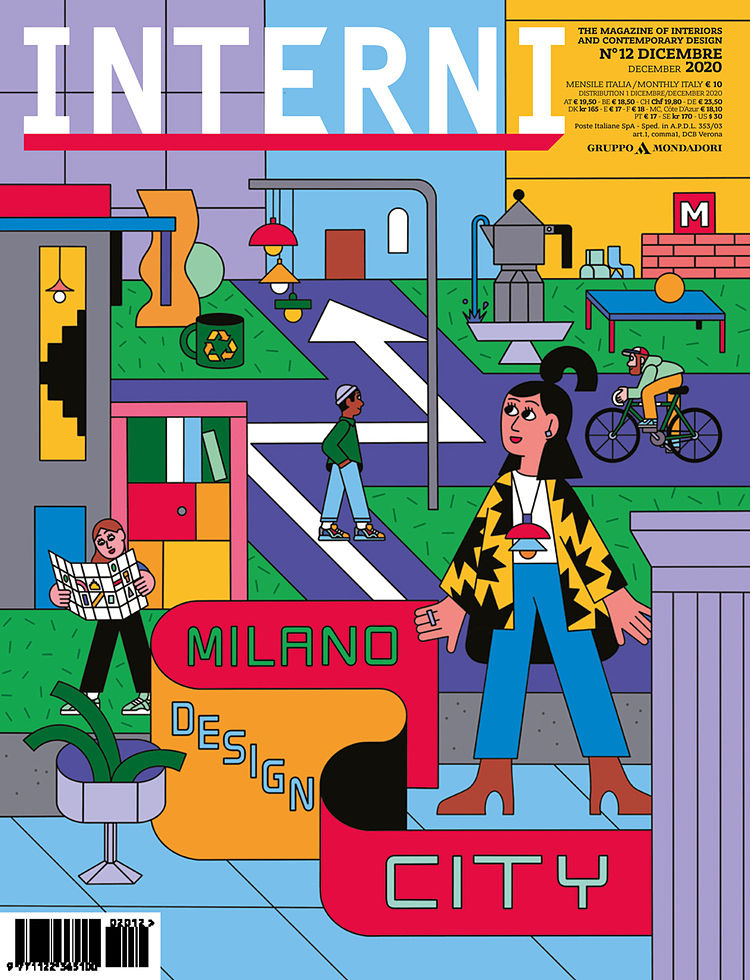 When he’s not working to a brief, or enjoying that “relaxing pastime” mode of drawing, the illustrator is teaching the next generation of creatives how to do exactly those things, too. So what are his biggest, juiciest pieces of advice to the illustrating youth? “I think it’s really important to always make a personal market research in order to find potential clients, while developing and building up a portfolio with the kind of illustrations you’d like to be hired for.”
When he’s not working to a brief, or enjoying that “relaxing pastime” mode of drawing, the illustrator is teaching the next generation of creatives how to do exactly those things, too. So what are his biggest, juiciest pieces of advice to the illustrating youth? “I think it’s really important to always make a personal market research in order to find potential clients, while developing and building up a portfolio with the kind of illustrations you’d like to be hired for.”
He adds, “Beginning requires lots of patience!”
You might like...
- Autobahn - November 26, 2021
- Alphabetical - November 12, 2021
- SOFA Universe - November 8, 2021



